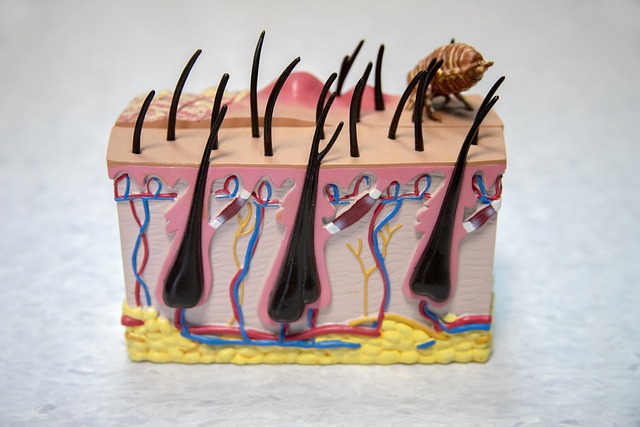
Tinea Versicolor
Understanding Tinea Versicolor
Tinea versicolor, also known as pityriasis versicolor, is a common skin condition caused by an overgrowth of a type of fungus that is naturally found on the skin. This benign fungal infection can lead to noticeable changes in skin color, resulting in patches that may appear lighter or darker than the surrounding skin. While it is not contagious and does not cause pain, it can be a source of concern for those affected.
What Causes Tinea Versicolor?
The condition is primarily caused by the Malassezia yeast, which is part of the normal skin flora. Under certain conditions, such as warm and humid weather, this yeast can proliferate excessively. This overgrowth interferes with the skin's normal pigment production, leading to the characteristic discoloration.
Who is Affected?
Tinea versicolor is most commonly seen in teenagers and young adults, although it can occur at any age. Factors such as excessive sweating, oily skin, and a weakened immune system can increase the likelihood of developing this condition. Additionally, exposure to sunlight may make the discoloration more pronounced, as the affected areas do not tan like the surrounding skin.
Symptoms of Tinea Versicolor
The primary symptom of tinea versicolor is the appearance of discolored patches on the skin. These patches can vary in color from white to tan, pink, or brown, and they may be more noticeable after sun exposure. The affected areas are usually not itchy or painful, which distinguishes this condition from other skin issues.
Diagnosis
A healthcare professional can typically diagnose tinea versicolor through a physical examination of the skin. In some cases, they may use a special light called a Wood's lamp to observe the affected areas more closely. A skin scraping may also be performed to confirm the presence of the fungus.
Treatment Options
Treatment for tinea versicolor often involves the use of antifungal creams, lotions, or shampoos. These treatments are designed to reduce the fungal overgrowth and restore normal skin pigmentation. It is important to follow the treatment regimen as directed by a healthcare provider to achieve the best results.
While many individuals see improvement within a few weeks, it is not uncommon for the skin color to remain uneven for several weeks or even months after treatment. Additionally, tinea versicolor can recur, particularly in warm and humid conditions, so preventive measures may be recommended.
Preventive Measures
To help prevent the recurrence of tinea versicolor, consider the following tips:
- Maintain good hygiene: Regularly wash the skin to remove excess oil and sweat.
- Wear breathable fabrics: Choose clothing made from natural fibers that allow the skin to breathe.
- Limit sun exposure: Protect the skin from excessive sun exposure, as this can exacerbate discoloration.
- Use antifungal products: Consider using antifungal body washes or shampoos during warmer months, especially if prone to the condition.
Conclusion
Tinea versicolor is a common and manageable skin condition that affects many individuals, particularly in humid climates. Understanding its causes, symptoms, and treatment options can empower those affected to seek appropriate care and take preventive measures. If you suspect you have tinea versicolor, consulting a healthcare professional can provide clarity and guidance on the best course of action.

















 What’s the Deal with Buoyancy Compensators?
What’s the Deal with Buoyancy Compensators? 
 Health
Health  Fitness
Fitness  Lifestyle
Lifestyle  Tech
Tech  Travel
Travel  Food
Food  Education
Education  Parenting
Parenting  Career & Work
Career & Work  Hobbies
Hobbies  Wellness
Wellness  Beauty
Beauty  Cars
Cars  Art
Art  Science
Science  Culture
Culture  Books
Books  Music
Music  Movies
Movies  Gaming
Gaming  Sports
Sports  Nature
Nature  Home & Garden
Home & Garden  Business & Finance
Business & Finance  Relationships
Relationships  Pets
Pets  Shopping
Shopping  Mindset & Inspiration
Mindset & Inspiration  Environment
Environment  Gadgets
Gadgets  Politics
Politics 